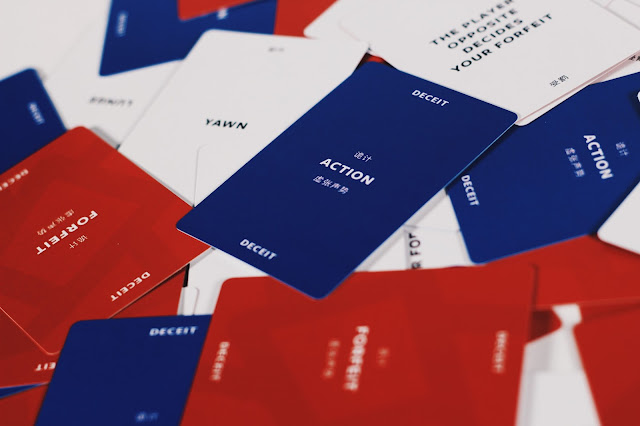As food waste is a huge problem around the World, I have researched into statistics and existing solutions before generating ideas.
Background - To understand food waste, I researched into various statistics to identify the main causes and areas. Overall, the three largest food wasting continents are North America & Oceania, Europe and Industrialized Asia. For all three, consumer waste is roughly a third of the food waste problem, with production to retailing making up roughly two thirds.
In the UK, food is mostly sold through supermarkets and convenience stores, accounting to roughly 70% of the market. Online grocery shopping equates to 5.8% of the market; however, this is rapidly growing.
Alongside analysing statistics, I have researched further to find the main causes of food waste. In regards to consumers, feedback has highlighted that food waste occurs either because food is out of date, or because there is excess food left after eating which is thrown away. Consumers interviewed have said that the main incentives for not wasting food is saving money.
For retailers, there are laws that must be obeyed, which causes surplus amounts of food that are past their use by date to be thrown away. As this area of food waste is much bigger to tackle, with solutions being much harder to implement, I have chosen to produce a range of ideas that aim to make a difference to the way consumers use their food.
Best Before vs Use Buy Dates - In terms of food waste, there are two types of dates on sold foods that have different meanings. Essentially, use by dates are for safety and used for foods that go off quickly. Consumers should not use food or drink after the end date on these labels, as it can put health at risk. Yet, if the food has been frozen, the date of use can be extended. Best before appear on a wide range of frozen, dried, tinned and other foods. They are more about quality than safety, except for eggs. So when the date runs out it doesn't mean that the food will be harmful, but it might begin to lose its flavour and texture.
These two points are important to remember, particularly when regarding consumer food waste, as research has indicated that many people do not know about the difference between the two labels. Raising awareness of this is one aspect that has inspired a few of my ideas.
Existing Solutions - As food waste is such a large problem, there are already hundreds of solutions that have been created and implemented. Some of the existing solutions that have inspired some of my initial ideas are as follows:
Food Sharing
Olio is an app that encourages users to upload food that they do not want/need. This can be collected by anyone in the surrounding local area who has the app and wants the food. This aims to reduce the amount of consumer food waste and connect neighbours. This concept has inspired one of my initial ideas regarding the social solution to food waste.
Tracking Wastage
One method of trying to make people realise how much food they are wasting is through a tracking app such as Wise Up On Waste. The app allows users to enter how much food they wasted at each meal, and gives targets that users should aim to meet. Whilst this is a great concept, the challenge is getting people to download and use the app. This particular app asks users for their waste in kg, which is very specific. This has inspired the idea to produce a similar app that is more engaging and relative in terms of food waste measurement.
Food Suggestions
The Samsung Family Hub 2.0 is a refrigerator that tells you recipes based on the food inside. This could be argued to be helpful in combatting food waste as it suggests food that consumers could use up so that it isn't wasted. The downfall is that it is very expensive, making it less accessible and therefore less effective in terms of the big picture. This has inspired the idea to produce an app that notifies consumers of the shelf-life of their food, accompanied by suggested recipes.










































